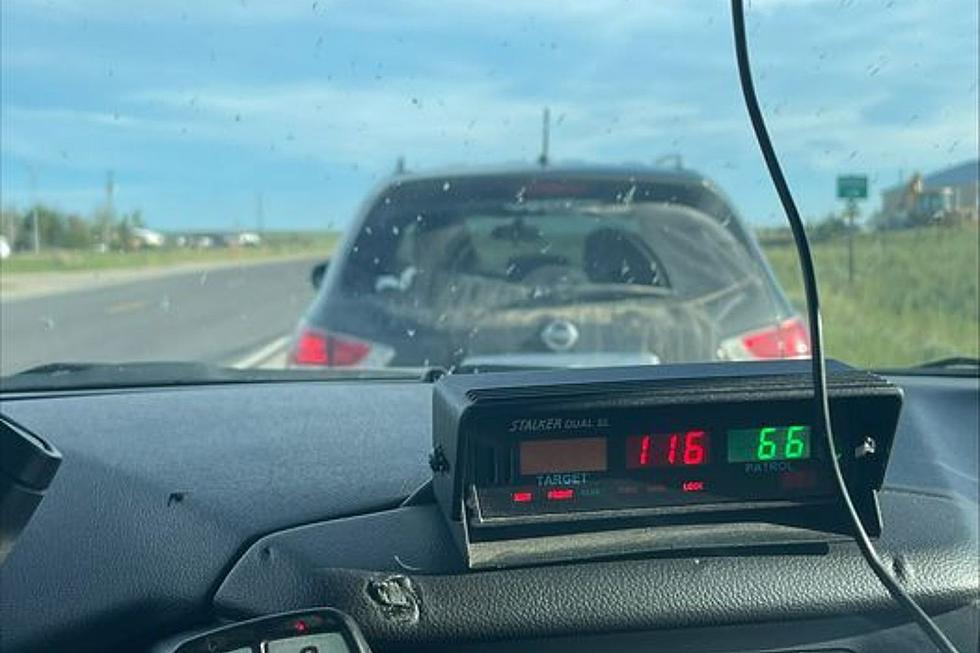
Jury In Deliberation For Cold Case Murder
The jury is deliberating on the case of a murder committed decades ago in Laramie.
Lance David Bean, 61 of Laramie, is charged in the murder and rape of 20-year-old Sharon Reher.
Reher was found dead in her residence on April 17, 1972. It appeared she had been sexually assaulted and strangled before her throat was slashed. Friends told officers that Reher had hosted a party in her home the night of April 15, and the party went until about 2 a.m. on April 16. After the party, they said several people, including Bean, went to an after-hours bar. Reher’s body was discovered by her brother the next morning.
The case went unsolved in 1972, becoming a 42-year-old cold case. The case was reopened, and Bean was arrested after his DNA was found on articles of Reher’s clothing. Peggy Trent, Albany County Prosecuting Attorney, told the jury that the Wyoming Crime Lab found six areas on Reher’s clothes in which Bean was the major contributor of the DNA profile.
Kathryn Normington, senior forensic scientist at the Wyoming State Crime Lab, testified that Bean was found to be the major contributor to the DNA profile on the right belt area of Reher’s pants, the lower area of Reher’s bra and on the left, right, and back of a pair of women’s underwear recovered from the crime scene.
Trent argued that a sexual assault did occur, as evidenced by the state of the body. Reher was found with her pants partially pulled down and her shirt and bra pushed up. Reher’s underwear were also torn from her body and left at the scene.
Trent said that semen was found inside Reher’s body, but the swab was not preserved at the time. Investigating detectives did not keep the semen sample because DNA evidence was not known to them in 1972.
Trent said the theory that Bean’s DNA may have been transferred to Reher’s clothing from a blanket placed over Bean during a party game was not supported by evidence. She said the evidence supported that Reher was killed on her bed, and the blankets supposedly used in the game were covered by more bedding when the crime occurred. She pointed out that the items on which Bean’s DNA was found were collected before the blankets were even exposed.
Trent urged the jury to consider the evidence, saying it would prove Bean’s guilt.
“Sharon Reher can’t come forward and tell you what happened, so all we have is the evidence at the scene and on her body,” Trent told the jury.
Defense Attorney Vaughn Neubauer also urged the jury to consider the evidence, arguing that absolutely no evidence exists to prove that Bean raped or killed Reher.
Neubauer said the state’s most compelling piece of evidence, the presence of Bean’s DNA, could be explained in a variety of ways.
“There are a number of reasons that their smoking gun doesn’t smoke at all,” he said.
Neubauer said that Reher’s small apartment had 16 people in it that night, providing a number of ways Bean’s DNA could be on Reher’s clothing. He pointed out that the DNA found may simply be skin cells from Bean touching Reher or something in the apartment.
He also argued that detectives initially assigned to the case could not have possibly followed procedures to prevent cross-contamination of DNA if they did not know such science existed. He pointed out that, according to testimony from detectives who initially investigated the case, evidence was collected by using sheets of paper to transfer evidence into envelopes. Detective Vince Valdez testified during the trial that he could not remember if they used the same sheets of paper for more than one piece of evidence.
“If this is all it takes to convict a person of first degree murder and rape, anybody can be,” he told the jury.
Bean faces up to life imprisonment if found guilty.
More From K2 Radio









